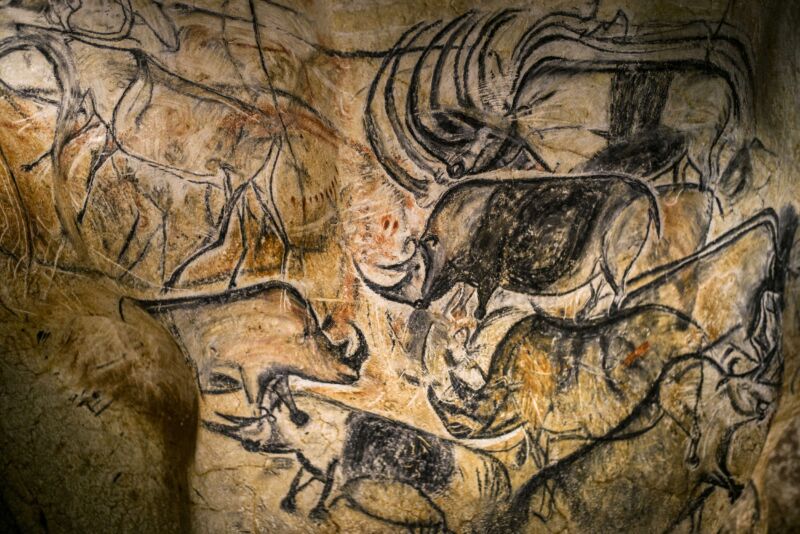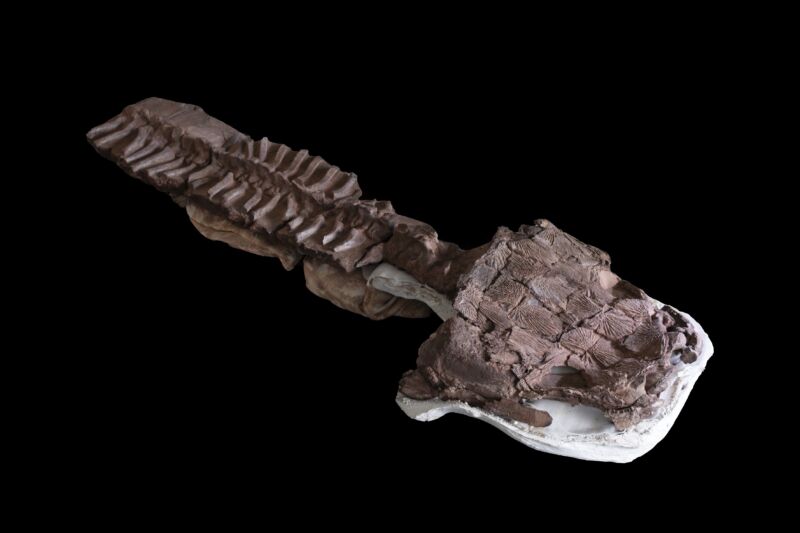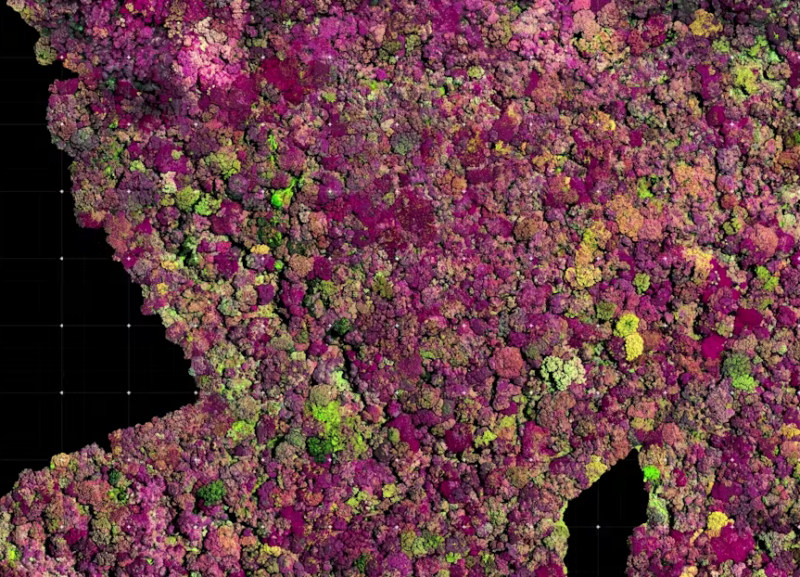De-extinction company provides a progress report on thylacine efforts
Colossal, the company founded to try to restore the mammoth to the Arctic tundra, has also decided to tackle a number of other species that have gone extinct relatively recently: the dodo and the thylacine. Because of significant differences in biology, not the least of which is the generation time of Proboscideans, these other efforts may reach many critical milestones well in advance of the work on mammoths.
Late last week, Colossal released a progress report on the work involved in resurrecting the thylacine, also known as the Tasmanian tiger, which went extinct when the last known survivor died in a zoo in 1936. Marsupial biology has some features that may make de-extinction somewhat easier, but we have far less sophisticated ways of manipulating it compared to the technology we've developed for working with the stem cells and reproduction of placental mammals. But, based on these new announcements, the technology available for working with marsupials is expanding rapidly.
Cane toad resistance
Colossal has branched out from its original de-extinction mission to include efforts to keep species from ever needing its services. In the case of marsupial predators, the de-extinction effort is incorporating work that will benefit existing marsupial predators: generating resistance to the toxins found on the cane toad, an invasive species that has spread widely across Australia.
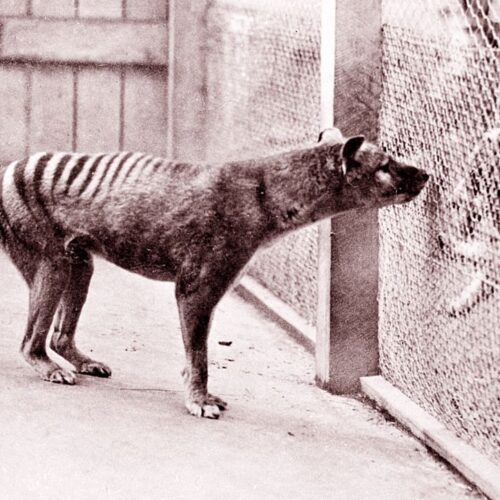
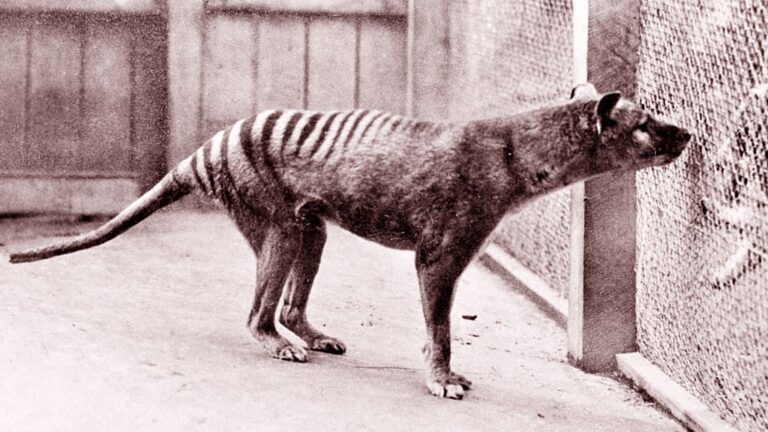
© Universal History Archive
